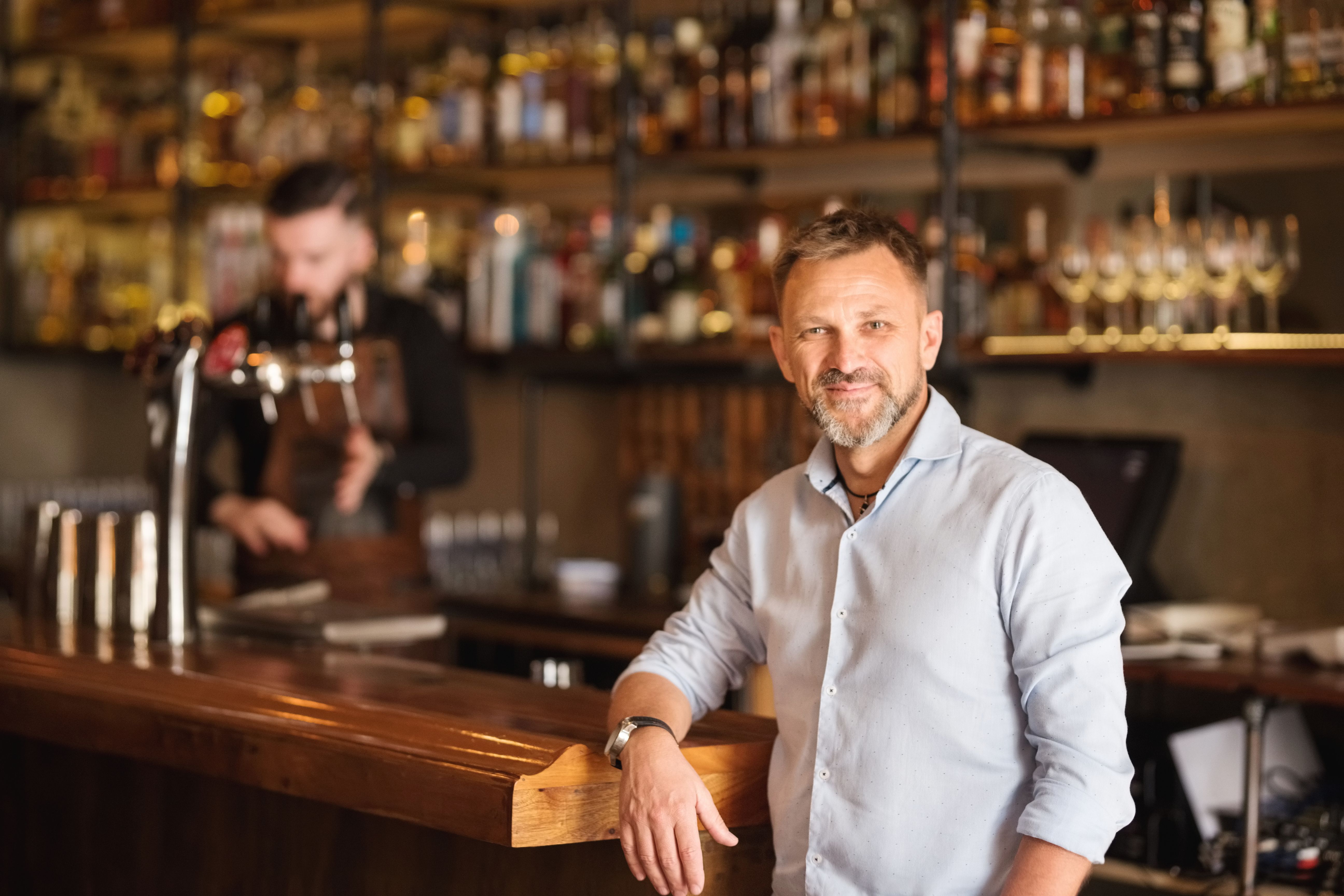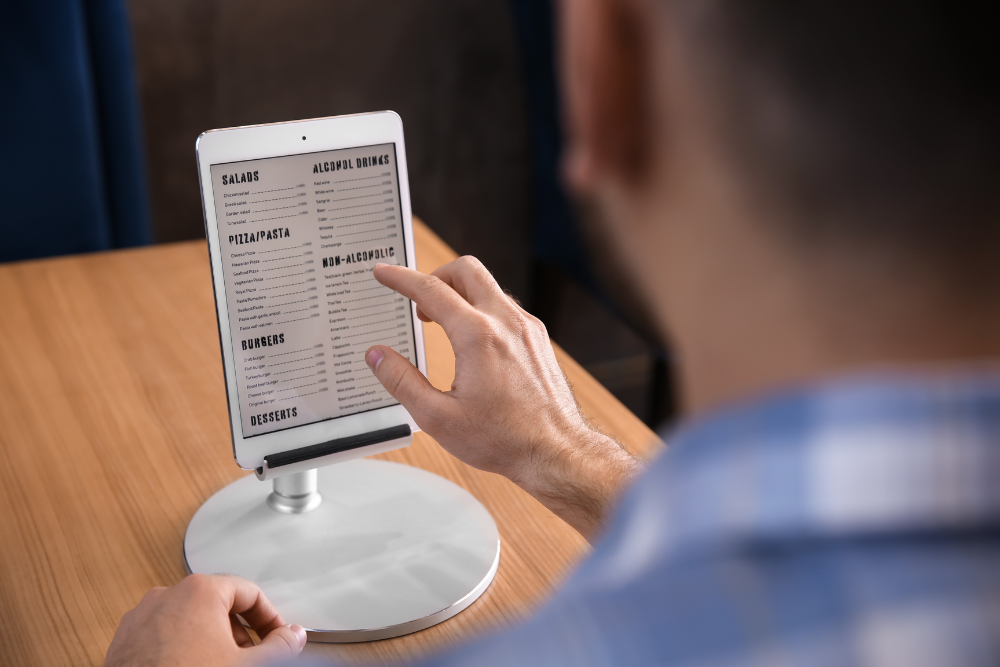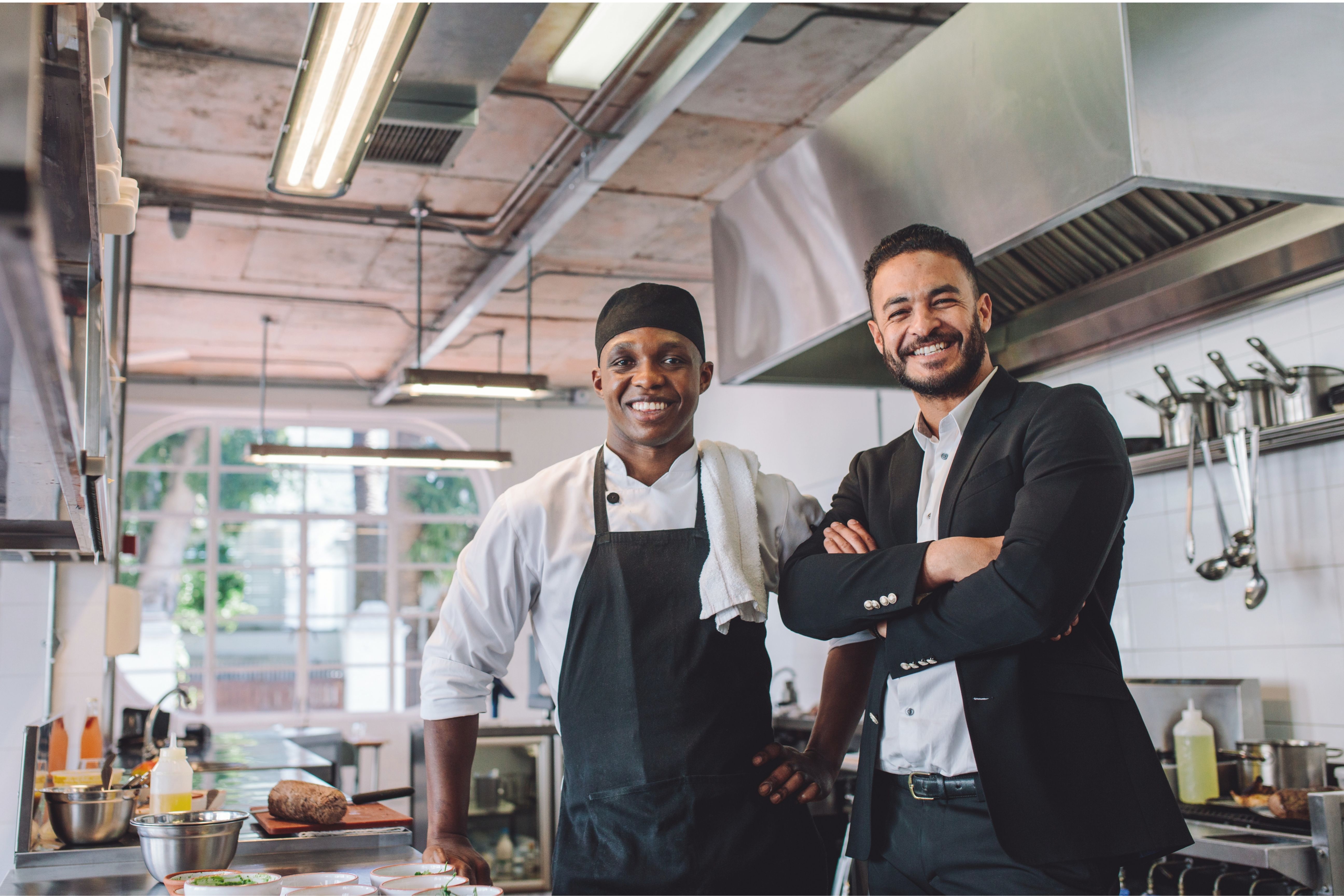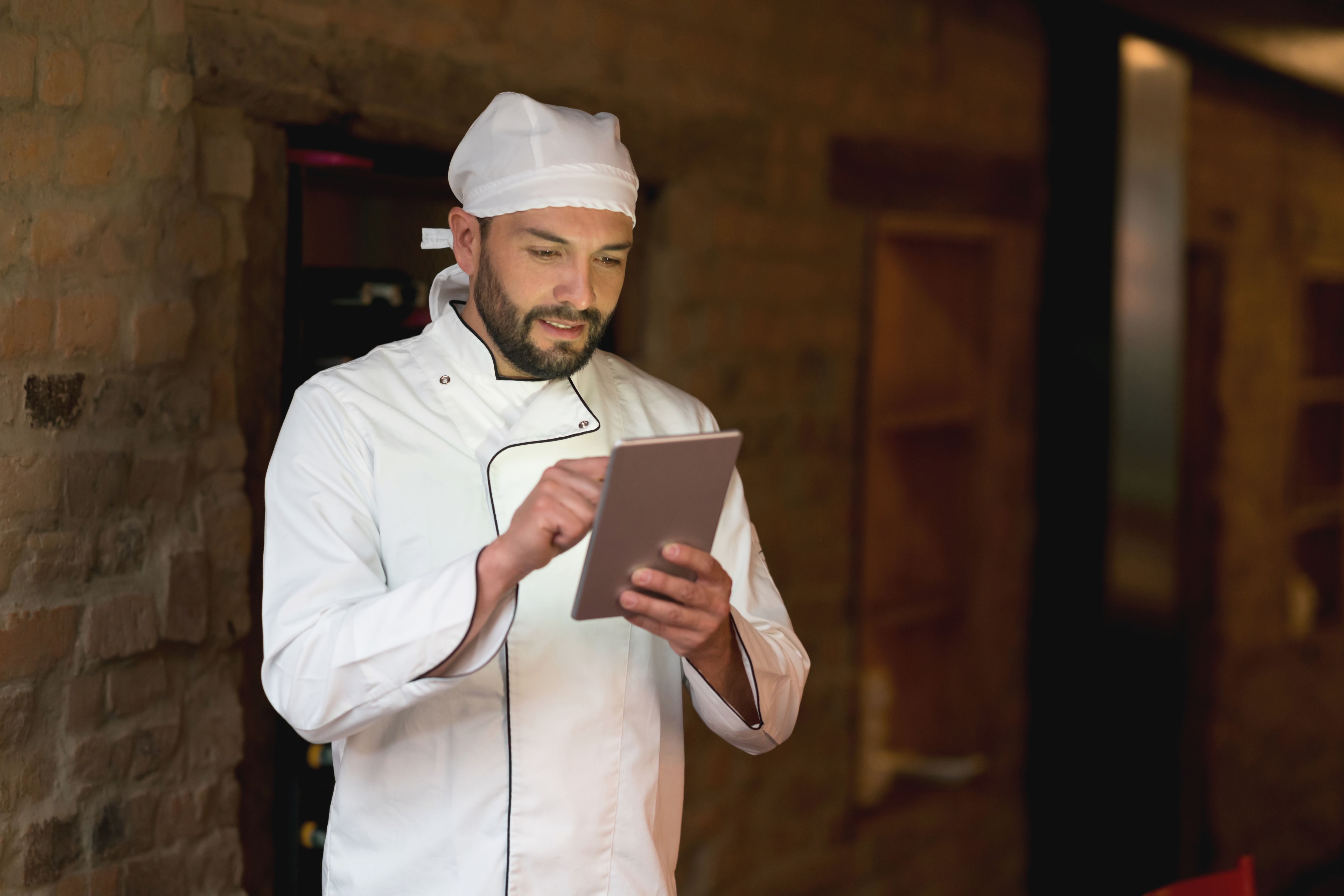Which Restaurant Pricing Strategy Works Best?
Setting menu prices for your restaurant is tough work. While to your customers these prices might feel arbitrary, a good menu will have up to three...
3 min read
 Anne Becker
| July 03, 2023
Anne Becker
| July 03, 2023

In our continuing effort to offer value to restaurant owners, we thought we’d take a deeper look at one of the best ways to increase your restaurant’s profitability: the menu. Your restaurant’s menu is the place where you’re able to make the most drastic and effective changes, whether that means streamlining down to a certain number of items, focusing on local ingredients, or, well – you’ll see.
The goal for your menu? Yes, to delight and retain customers – but it’s also to make sure that your food cost stays between 25% - 40%. Here are some ways to weaponize your menu to make sure that your restaurant stays profitable.
We mentioned that food cost should be between 25% - 40%, those numbers will be important when we integrate your menu with the POS system. Nearly all modern POS systems will be able to give you all the information you need to identify your most profitable dish. For the purposes of this article, you’ll need to remember this: the way to calculate the profit of any dish is total food cost/total food sales. Simple, right? With that in mind, you can actually reverse engineer how much to price your dishes.
For decades, menus kept getting bigger and bigger, but in recent years the number of items per menu has, on average, actually gone down. There’s evidence to suggest that 7 items per section is the best amount for each section of your menu. While obviously there’s some leeway on this, seven items allows you to carry less ingredients, hone your menu in on what’s actually selling, and eliminate costly food waste.
Sure, not everyone can get down to that number of menu items, but if the size of your menu is costing you money because of wasted food, it’s time to pare down. Many restaurants started this trend back during COVID, when food suppliers were unreliable and ingredients became more costly. Additionally, this can help your restaurant find what it does best and establish its voice. We find that many customers prefer a focused menu with a few really great options rather than unlimited “diner style” options.
Not every restaurant has a liquor license, but for those that do – specialty cocktail menus are a boon when it comes to profit margin. Think about it, most cocktail menus charge $12-$15 per drink minimum, while the food cost to create those items is usually just a dollar or two. That said, you can’t just wish your way into a great specialty menu.
Creating something like this takes dedication to the craft of mixology. If you don’t have a great bartender on staff, you may have to invest in one. While you might not want to spend that initial investment, a good bartender will make you a lot of money. The great restaurants realize this. We have one client who hires someone that does nothing but source new IPAs for their restaurant. These days the IPA menu has become one of the calling cards of that restaurant and a specific reason that they get new business.
Going out to eat is a luxury and can be treated as such. You might be worried about raising your prices, but let me tell you right now what’s going to happen: almost nothing. You’ll always have some clients or customers that are upset with a price increase, but generally if you’re offering something great, they’ll be willing (and indeed become happy) to pay it. Besides, inflation has been a crazy driver of costs these last few years. Even restaurants like McDonald’s and Taco Bell have increased their prices.
The frequency in which you increase or change menu prices won’t just be about food cost. While the price of tomatoes may go up significantly between one month and the next, it might not be worth it to change your menu if you’re printing new menus every time. Some restaurants have solved this problem by going to a tablet or QR system for their menus. We’re not saying you have to go this far, but if it makes sense for your situation, then this could be a great option.
Switching to an electronic menu – like tablets at tables or a digital menu board – can make it easier and less expensive to be flexible with your menu.

This might seem like restaurant 101, and that’s because it is. Specials exist for two reasons, either you’re having a slow night of the week and want to drum up business, or you’re trying to get rid of excess food so you’ll have less wastage. Either is a great reason to have a special, but here’s our argument for the first one.
Special nights like BOGO deals or happy hours are great to do because you can track their success in your POS. After a few weeks of implementation, you’ll be able to see what your sales looked like before AND after the change. Try to set specific financial goals and start experimenting!
Looking for more help with your restaurant? Let's talk!

Setting menu prices for your restaurant is tough work. While to your customers these prices might feel arbitrary, a good menu will have up to three...

Running a restaurant is no easy feat. Restaurant owners face a plethora of challenges that require constant innovation, flexibility, and...

Last week, we took a look at some ways you can increase profitability for your restaurant. We admit: it’s a lot to digest! We thought we’d take some...